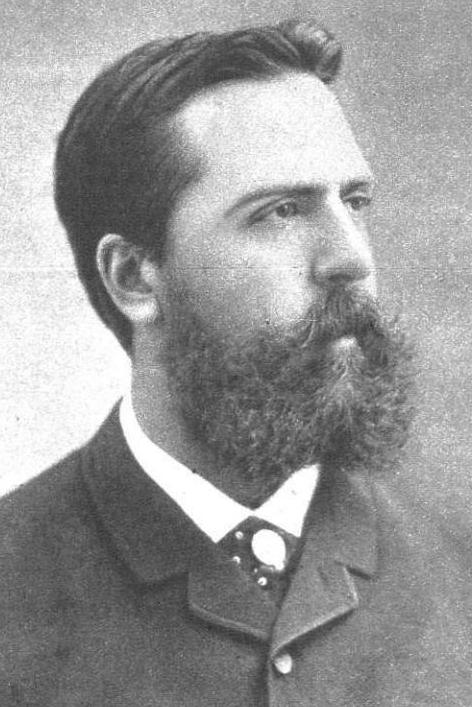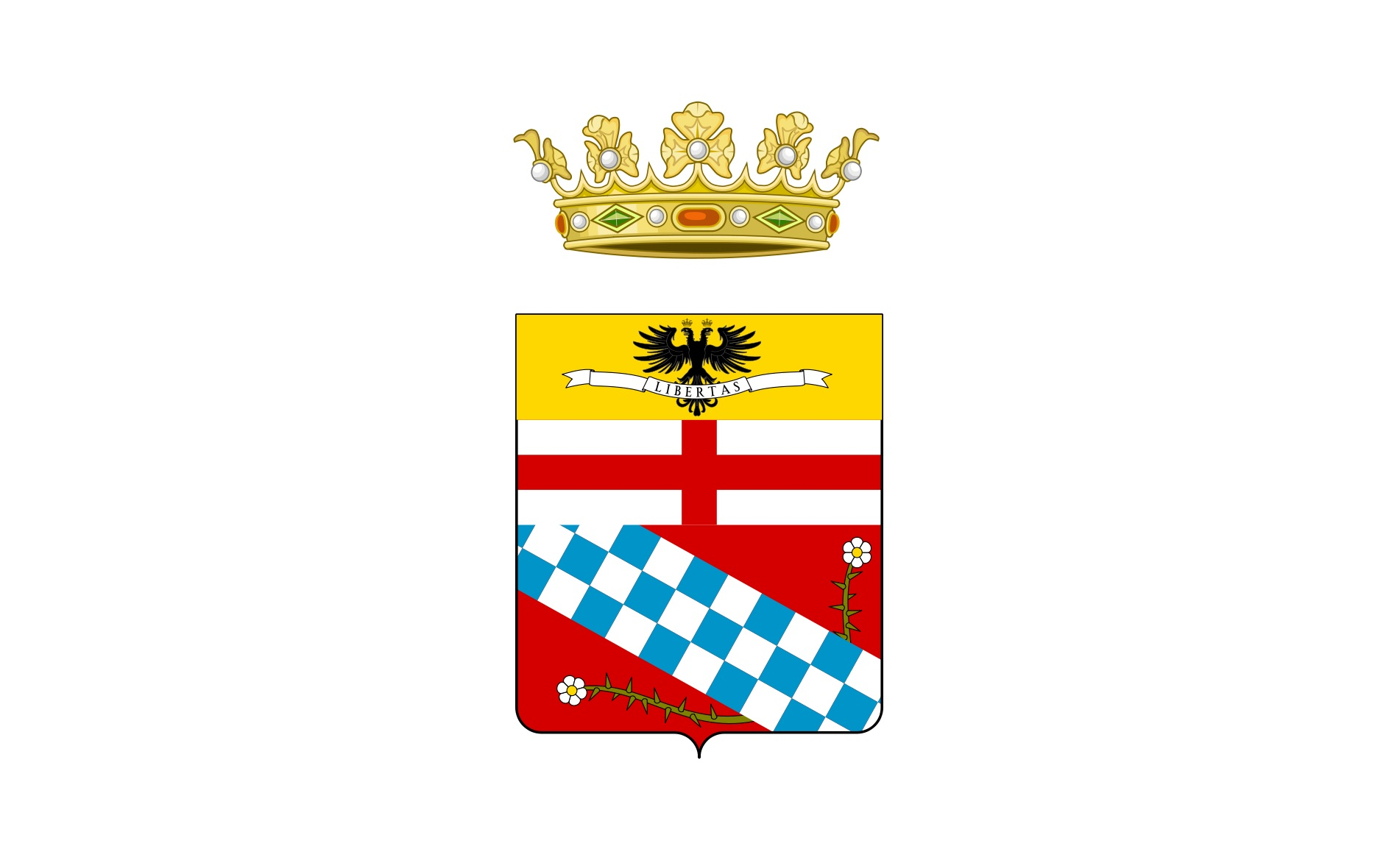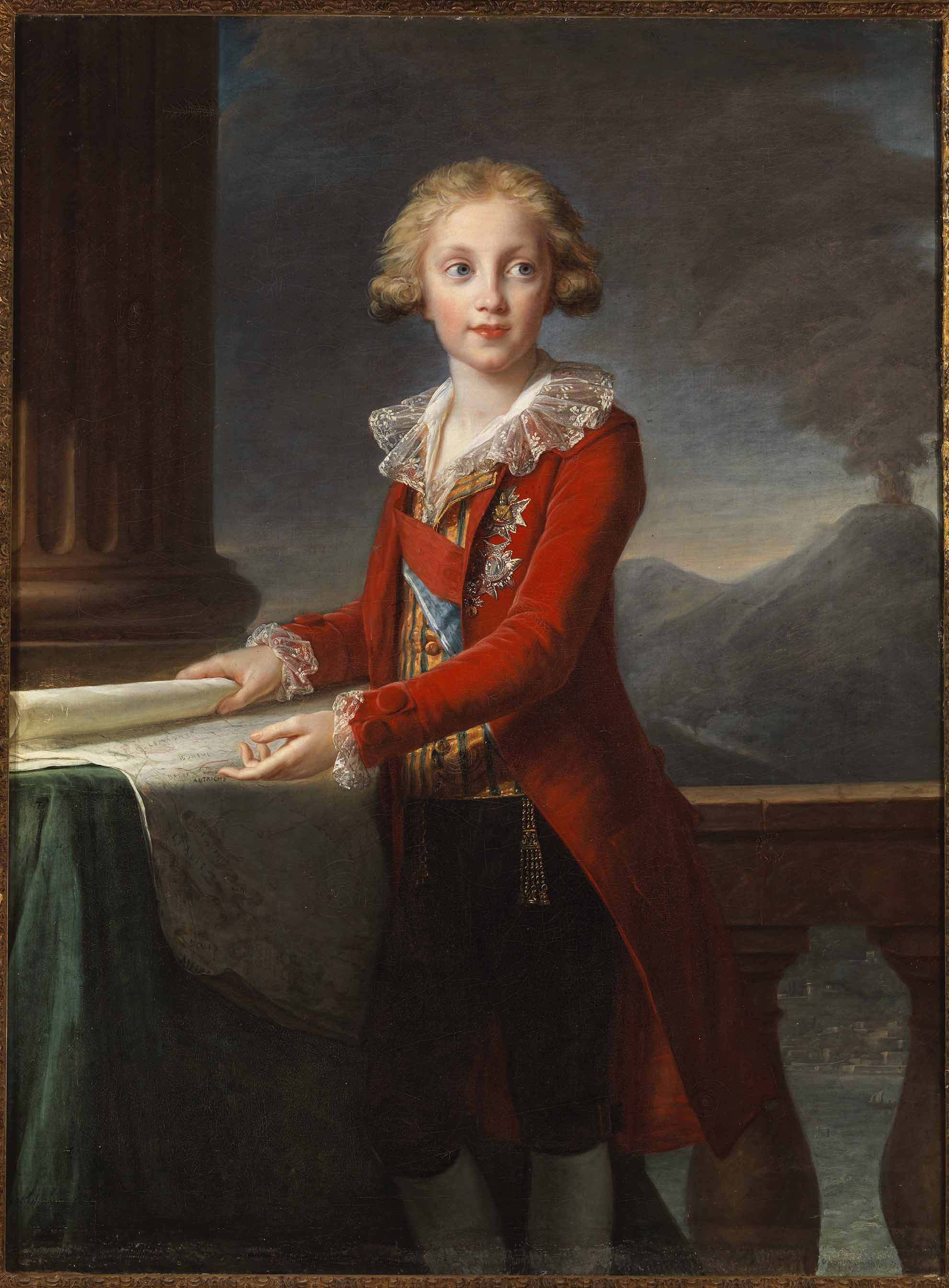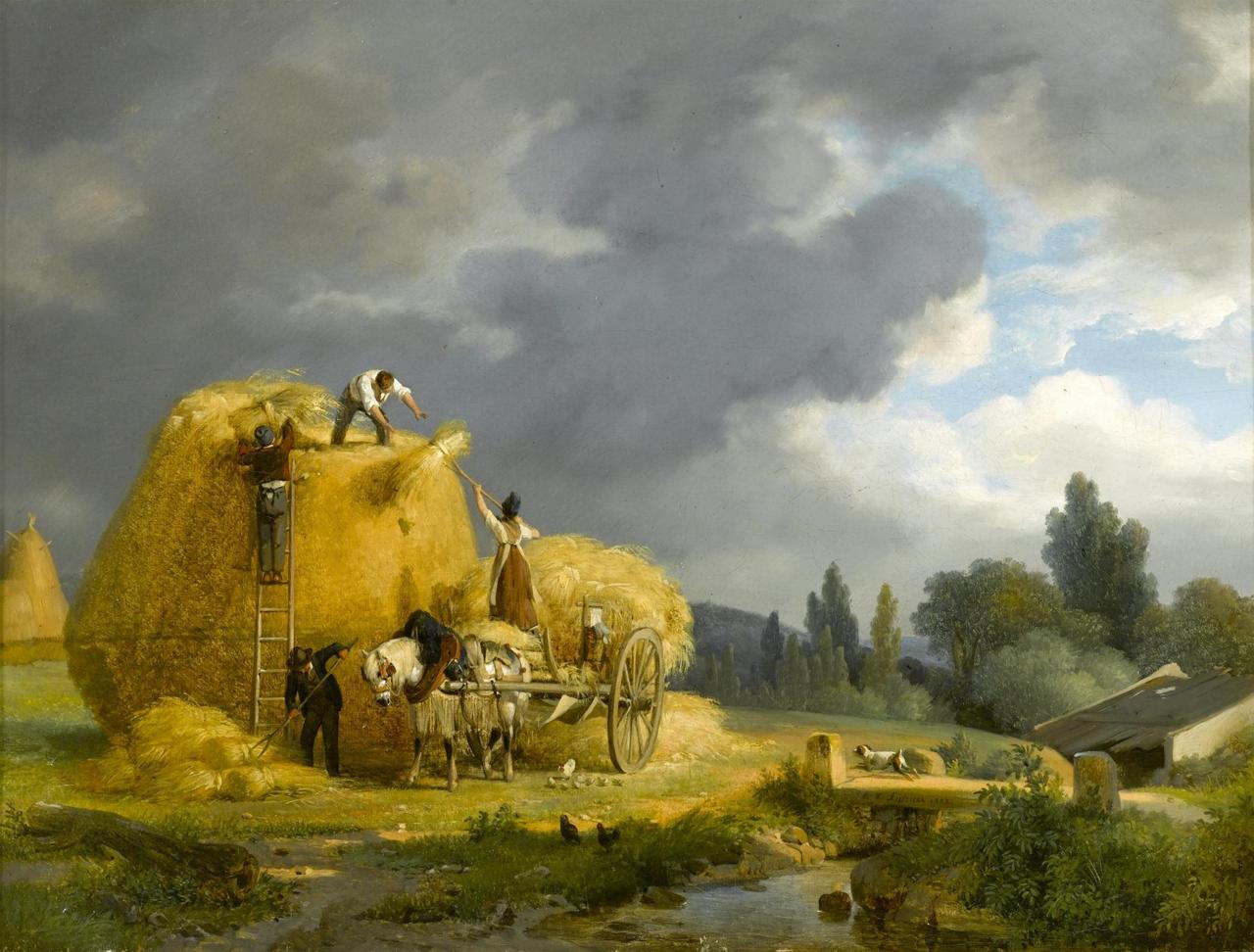|
Archduchess Maria Theresa Of Austria-Este (1817–1886)
Coats of arms Maria Theresia of Austria-Este, 160px Archduchess Maria Theresa of Austria-Este (german: Maria Theresia Beatrix Gaëtane, Erzherzogin von Österreich-Este, Prinzessin von Modena) (14 July 1817, Modena, Duchy of Modena and Reggio – 25 March 1886, Gorizia, Austria-Hungary) was a member of the House of Austria-Este and Archduchess of Austria, Princess of Hungary, Bohemia, and Modena by birth. Henri was disputedly King of France and Navarre from 2 to 9 August 1830 and afterwards the Legitimist pretender to the throne of France from 1844 to 1883. Maria Theresa was the eldest child of Francis IV, Duke of Modena and his niece-wife Maria Beatrice of Savoy. Biography Maria Theresa married Henri, comte de Chambord, the posthumous son of Charles Ferdinand, Duke of Berry, younger son of Charles X of France, by his wife, Princess Caroline Ferdinande of Bourbon-Two Sicilies, daughter of Francis I of the Two Sicilies, by proxy on 7 November 1846 in Modena and in person on 16 ... [...More Info...] [...Related Items...] OR: [Wikipedia] [Google] [Baidu] |
Adeodato Malatesta
Adeodato Malatesta (May 6, 1806 – December 24, 1891) was an Italian painter, trained in a grand Neoclassical style, depicting mostly of sacred and historic subjects. Biography He was born in Modena. His father was a captain in the Granducal army of Modena. As his name A deo dato or ''given to god'' implies, Adeodato's father had planned a career for the boy in religious orders, but his uncle seeing his disposition to arts, encouraged the young man to enroll in the Royal Academy of Fine Arts of Modena (Accademia Atestina), where the Academy's director, professor Giuseppe Pisani, seeing the young man's skill, obtained for him a stipend to study in Florence under the Neoclassical artists Benvenuti, Bezzuoli, and Bartolini. At Florence, but for church of San Francesco di Modena, he painted ''St Francis receives the stigmata''. He also painted a ''Santa Filomena'' for her votive church of Modena. Moving to Rome, he painted ''Miracle of St Francis'' for a church in Massa Carrar ... [...More Info...] [...Related Items...] OR: [Wikipedia] [Google] [Baidu] |
Legitimist
The Legitimists (french: Légitimistes) are royalists who adhere to the rights of dynastic succession to the French crown of the descendants of the eldest branch of the Bourbon dynasty, which was overthrown in the 1830 July Revolution. They reject the claim of the July Monarchy of 1830–1848 which placed Louis Philippe, Duke of Orléans, head of the Orléans cadet branch of the Bourbon dynasty, on the throne until he too was dethroned and driven with his family into exile. Following the movement of Ultra-royalists during the Bourbon Restoration of 1814, Legitimists came to form one of the three main right-wing factions in France, which was principally characterized by its counter-revolutionary views. According to historian René Rémond, the other two right-wing factions were the Orléanists and the Bonapartists. Legitimists believe that the traditional rules of succession, based on the Salic law, determine the rightful King of France. The last ruling king whom legitimists ... [...More Info...] [...Related Items...] OR: [Wikipedia] [Google] [Baidu] |
Maria Beatrix Of Austria-Este
Maria Beatrix Anna Frances of Austria-Este (1824–1906) ( it, Maria Beatrice Anna Francesca d'Austria-Este) was a high aristocrat from the Modena branch of the House of Habsburg. As daughter to the ruling Duke of Modena she was born archduchess of Austria-Este and princess of Modena. Following her 1847 marriage she became Infanta of Spain and Countess of Montizón. As the Duchy of Modena was absorbed into the Kingdom of Italy, after 1859 she lived in exile in Imperial Austria. According to the Carlist reading, in 1861-1868 she was the queen consort of Spain. According to the legitimist reading, in 1883-1887 she was the queen consort of France. Since 1853 she lived separated from her husband and did not claim any of the royal titles, though after 1868 she supported the claim of her oldest son, Carlos. Since 1872 she lived in monasteries, first in Graz and since 1898 in Görz (now Gorizia). Family and youth Maria Beatrix descended from numerous royal, ducal or otherwise highly a ... [...More Info...] [...Related Items...] OR: [Wikipedia] [Google] [Baidu] |
Louis-Philippe Of France
Louis Philippe (6 October 1773 – 26 August 1850) was King of the French from 1830 to 1848, and the penultimate monarch of France. As Louis Philippe, Duke of Chartres, he distinguished himself commanding troops during the Revolutionary Wars and was promoted to lieutenant general by the age of nineteen, but he broke with the Republic over its decision to execute King Louis XVI. He fled to Switzerland in 1793 after being connected with a plot to restore France's monarchy. His father Louis Philippe II, Duke of Orléans (Philippe Égalité) fell under suspicion and was executed during the Reign of Terror. Louis Philippe remained in exile for 21 years until the Bourbon Restoration. He was proclaimed king in 1830 after his cousin Charles X was forced to abdicate by the July Revolution (and because of the Spanish renounciation). The reign of Louis Philippe is known as the July Monarchy and was dominated by wealthy industrialists and bankers. He followed conservative policies ... [...More Info...] [...Related Items...] OR: [Wikipedia] [Google] [Baidu] |
July Monarchy
The July Monarchy (french: Monarchie de Juillet), officially the Kingdom of France (french: Royaume de France), was a liberal constitutional monarchy in France under , starting on 26 July 1830, with the July Revolution of 1830, and ending 23 February 1848, with the Revolution of 1848. It marks the end of the Bourbon Restoration (1814–1830). It began with the overthrow of the conservative government of Charles X, the last king of the House of Bourbon. , a member of the more liberal Orléans branch of the House of Bourbon, proclaimed himself as ("King of the French") rather than "King of France", emphasizing the popular origins of his reign. The king promised to follow the ''juste milieu'', or the middle-of-the-road, avoiding the extremes of both the conservative supporters of Charles X and radicals on the left. The July Monarchy was dominated by wealthy bourgeoisie and numerous former Napoleonic officials. It followed conservative policies, especially under the influence ... [...More Info...] [...Related Items...] OR: [Wikipedia] [Google] [Baidu] |
House Of Austria-Este
The House of Habsburg-Este (), also known as the House of Austria-Este () and holder of the title of Archduke of Austria-Este (; ), is a cadet branch of the House of Habsburg-Lorraine and also descends from the House of Este in the cognatic line. It was created in 1771 with the marriage between Ferdinand of Habsburg-Lorraine and Maria Beatrice d'Este, only daughter of the Duke of Modena, Ercole III d'Este. After the death of Ercole III in 1803, the Modena ruling branch of the Este family's male line ended, and the Habsburg-Este line subsequently inherited his possessions in what is now Italy. History Origins Ercole III d'Este, the last Este duke of Modena and Reggio in the direct male line, was deposed in 1796 by the French, and his Italian principality was incorporated into the Cisalpine Republic, later the Napoleonic Kingdom of Italy. In 1814, French rule in Italy ended. Modena was to be returned to his daughter Maria Beatrice and her son Francis of Austria-Este after Ercole' ... [...More Info...] [...Related Items...] OR: [Wikipedia] [Google] [Baidu] |
Bruck An Der Mur
Bruck an der Mur is a city of some 13,500 people located in the district Bruck-Mürzzuschlag, in the Austrian state of Styria. It is located at the confluence of the Mur and Mürz Rivers. Its manufacturing includes metal products and paper. Bruck is located on the Graz to Vienna main line, and is an important regional rail junction. History The earliest surviving record of Bruck dates from the time of King Ludovicus II "Germanicus", when it was identified, in a record dated 20 November 860, as "ad pruccam", a manor of the archbishopric of Salzburg. The settlement then identified with this name was in the location currently occupied by the suburb now called "St. Ruprecht". The settlement then located at what is now the centre of Bruck is identified in the ninth century record as "muorica kimundi" (i.e. the mouth of the Mürz River). The town was refounded in 1263 by King Otakar II of Bohemia, who was responsible for surrounding Bruck with its city walls. Bruck received it ... [...More Info...] [...Related Items...] OR: [Wikipedia] [Google] [Baidu] |
Francis I Of The Two Sicilies
Francis I of the Two Sicilies ( it, Francesco Gennaro Giuseppe Saverio Giovanni Battista; 19 August 1777 – 8 November 1830) was King of the Two Sicilies from 1825 to 1830 and regent of the Kingdom of Sicily from 1806 to 1814. Biography Francis was born the son of Ferdinand I of the Two Sicilies and his wife Archduchess Maria Carolina of Austria in Naples. He was also the nephew of Marie Antoinette and Louis XVI, the last King and Queen of France before the first French Republic. At the death of his older brother Carlo, Duke of Calabria, Francis became the heir-apparent to the throne and ''Duke of Calabria'', the traditional title of the heir apparent to the Neapolitan throne. Later life In 1796 Francis married his double first cousin Archduchess Maria Clementina of Austria, daughter of Leopold II, Holy Roman Emperor. When she died, he married his first cousin María Isabella, daughter of King Charles IV of Spain. After the Bourbon family fled from Naples to Sicily in 1 ... [...More Info...] [...Related Items...] OR: [Wikipedia] [Google] [Baidu] |
Princess Caroline Ferdinande Of Bourbon-Two Sicilies
french: Marie Caroline Ferdinande Louise , house = Bourbon-Two Sicilies , father = Francis I of the Two Sicilies , mother = Archduchess Maria Clementina of Austria , religion = Roman Catholicism , signature = Italian signature of Maria Carolina, Duchess of Berry in 1861.png Marie-Caroline of Bourbon-Two Sicilies, Duchess of Berry (Maria Carolina Ferdinanda Luise; 5 November 1798 – 16 April 1870) was an Italian princess of the House of Bourbon who married into the French royal family, and was the mother of Henri, Count of Chambord. Life Caroline was born at Caserta Palace in Naples. She was the eldest child of Prince Francesco, the future King Francis I of the Two Sicilies and his first wife, Archduchess Maria Clementina of Austria, the tenth child and third daughter of Leopold II, Holy Roman Emperor and Maria Luisa of Spain. Her parents were double first cousins. Caroline was baptised with the names of her paternal grandparents, Maria Carolina of Austria and King Ferdin ... [...More Info...] [...Related Items...] OR: [Wikipedia] [Google] [Baidu] |
Charles X Of France
Charles X (born Charles Philippe, Count of Artois; 9 October 1757 – 6 November 1836) was King of France from 16 September 1824 until 2 August 1830. An uncle of the uncrowned Louis XVII and younger brother to reigning kings Louis XVI and Louis XVIII, he supported the latter in exile. After the Bourbon Restoration in 1814, Charles (as heir-presumptive) became the leader of the ultra-royalists, a radical monarchist faction within the French court that affirmed rule by divine right and opposed the concessions towards liberals and guarantees of civil liberties granted by the Charter of 1814. Charles gained influence within the French court after the assassination of his son Charles Ferdinand, Duke of Berry, in 1820 and succeeded his brother Louis XVIII in 1824.Munro Price, ''The Perilous Crown: France between Revolutions'', Macmillan, pp. 185–187. His reign of almost six years proved to be deeply unpopular amongst the liberals in France from the moment of his coronation in ... [...More Info...] [...Related Items...] OR: [Wikipedia] [Google] [Baidu] |






